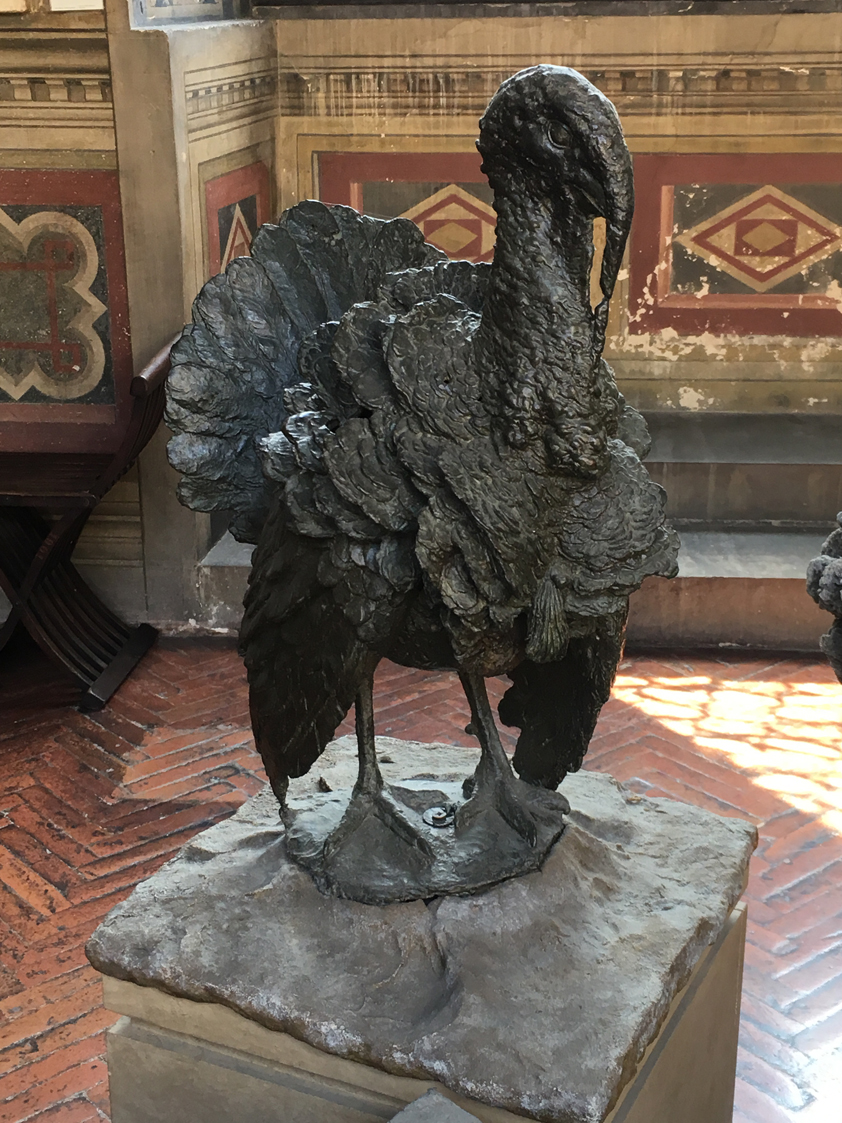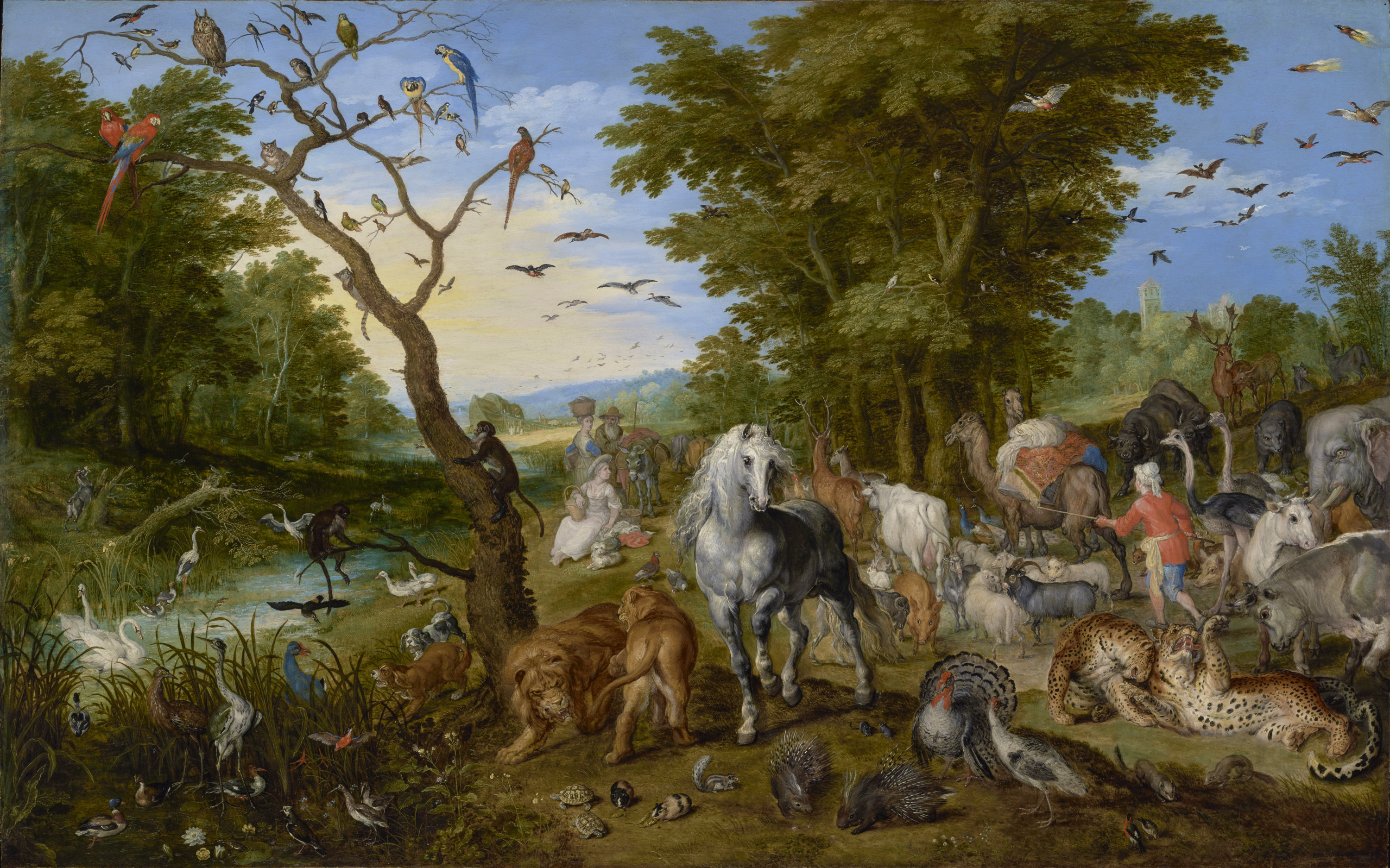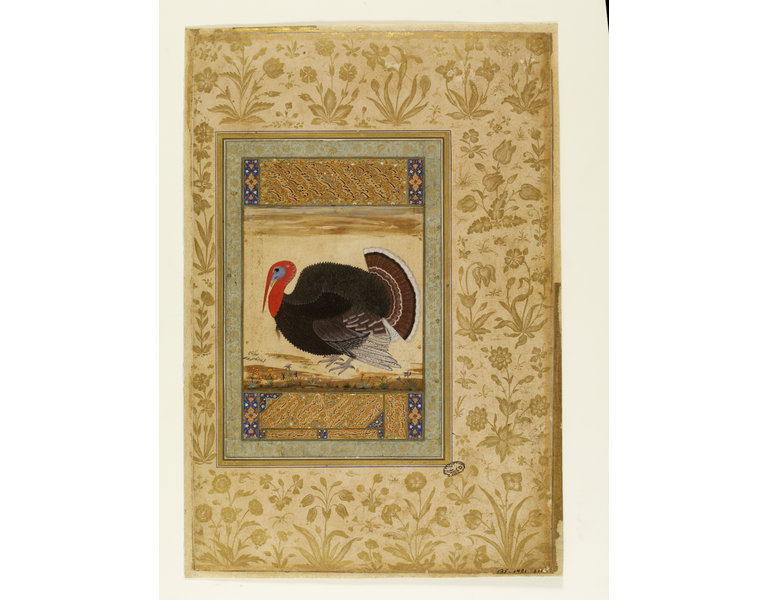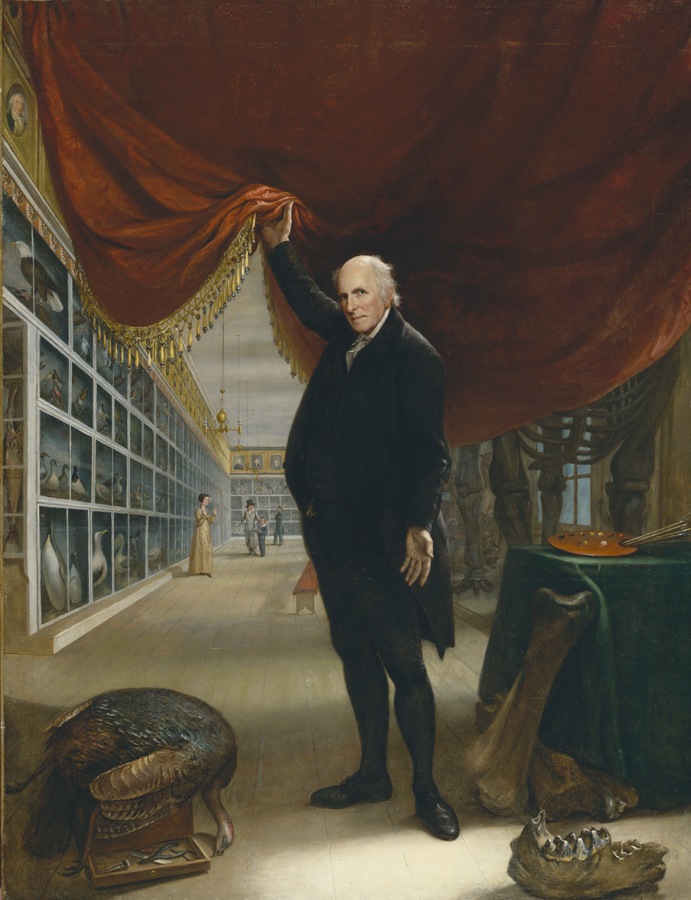My children seem ready to jump right into Christmas season, but we have one more week to celebrate Thanksgiving. It’s the holiday sandwiched between the holiday of candy highs and the holiday with all the presents. We have one week to try to simply focus on turkey and gratitude. In this post, Bethany Farrell Rivello, a PhD candidate in Art History at Temple University, is introducing us to a few turkeys that have influenced artists all over the world. Thanks for giving us a few new ways to look at the bird of the week!

Awkward and funny looking, a painting or sculpture of a turkey tells us more than what the artist liked to eat! Turkey paintings and sculptures tell a story about how the world and its continents have been connected for hundreds and hundreds of years. Turkeys are indigenous (that means they only come from) to America. In South America, they liked turkeys so much that they made whistles in the shape of them!
When Christopher Columbus arrived on what we now call the Americas he brought back animals and materials to show of the wonders of this new world. Very soon after turkeys arrived in Europe, artists began to include them in paintings. The picture below is one of the first images of a turkey in Europe! It’s painted on a ceiling of a large palace in Italy.

The family that owned that palace really liked turkeys. Another family member asked an artist to make this bronze statue.

Later on, artists liked to include turkeys in the story of Noah’s Ark. Brueghel might have studied turkeys in a zoo (menagerie) and wanted to include the exotic animal in the story.

Even people in the India were curious about these strange birds. This illustration was made for Emperor Jahangir.

When the United States of America was deciding on what the national bird should be they selected the bald eagle. But Ben Franklin was disappointed. He wrote to his daughter that he thought that the turkey’s personality was more fitting for the new country.
Even though it lost out to the majestic bald eagle, the turkey continued to have a place in American life. Charles Wilson Peale included the bird as part of his cabinet of curiosities and we can see that in his painting, Artist in His Museum.

For so many people, the turkey represented ideas about exploration and discovery. Above all, it excited people’s curiosity about the world!